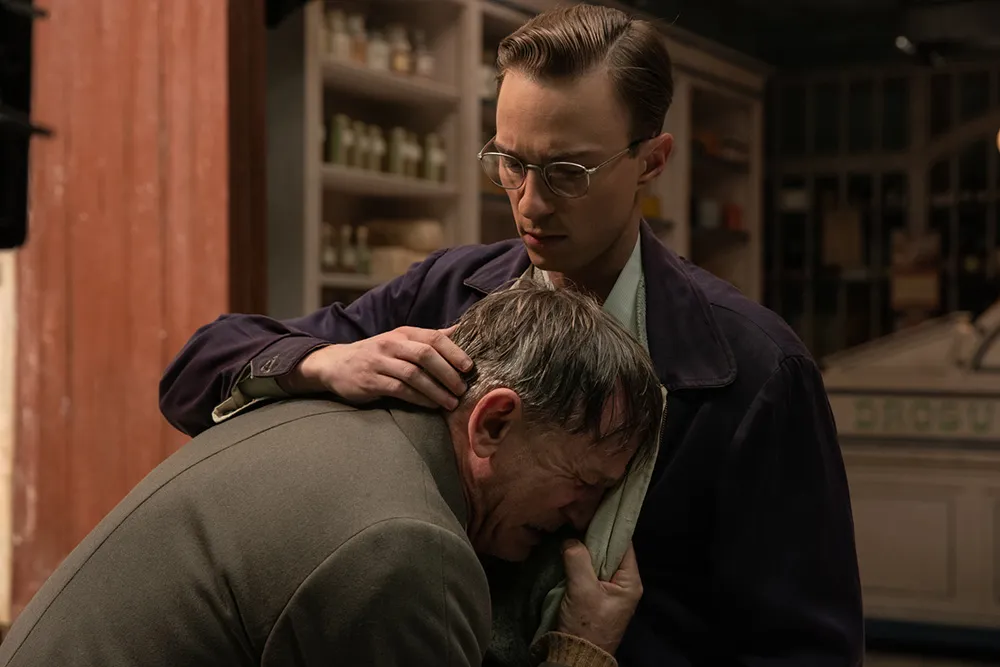QUEER Is Not Just an Adaptation – It Is a Continuation of the Life of William Burroughs
Queer is the latest film from Luca Guadagnino, and while it’s not going to be for everyone, it left a profound impact on me. It’s one of the most beautiful reflections on pain, longing, love, and desire, and I can’t stop thinking about it. The film is rooted in William S. Burroughs‘ novel Queer, but it does more than adapt the source material—it extends it and finishes it, becoming an extension of Burroughs‘ life itself.
Burroughs’ Pain and the Roots of the Story
Written in the 1950s, Queer wasn’t published until the 1980s due to its deeply personal content. Even then, it remained unfinished. In collaboration with Justin Kuritzkes, Guadagnino has brought closure to the story, particularly in the film’s epilogue. This final chapter gives deeper insight into Burroughs‘ life, especially for those familiar with his work and personal struggles. If you’re not familiar with Burroughs, the epilogue might feel odd or disjointed, but with context, it becomes incredibly impactful.
Much of Burroughs‘ pain stems from the accidental death of his common-law wife, Joan Vollmer, during a drunken late-night reenactment of William Tell. This traumatic event haunted Burroughs for the rest of his life, and he used writing as a way to cope with the guilt and pain, although it never fully succeeded. This knowledge enhances the emotional weight of the film, especially in the epilogue, which explores Burroughs‘ struggles.
Visuals and Performances: Craig and Starkey Shine

Daniel Craig stars as Lee, with Drew Starkey playing Allerton, the young man Lee is infatuated with. One of the film’s standout moments is a psychedelic trip to South America, where Lee embarks on a journey in search of ayahuasca.
The exploration of each other’s bodies and the representation of male desire are unique, flipping the typical cinematic gaze usually reserved for women.
The metaphysical dance between Craig and Starkey during this sequence is breathtaking, one of the most beautiful cinematic moments I’ve seen in years. However, those looking for a straightforward love story might struggle with Queer‘s structure.
The intimacy between Lee and Allerton is portrayed with deep emotional authenticity, more typical of art-house films than mainstream cinema. The exploration of each other’s bodies and the representation of male desire are unique, flipping the typical cinematic gaze usually reserved for women.
Ultimately, Queer might not be as accessible as Guadagnino‘s more mainstream recent works like Call Me by Your Name or Challengers, but it’s in line with some of his earlier, more challenging films, such as I Am Love and Suspiria. Like those films, Queer demands its audience confront complex emotions and themes, making it a deep, immersive experience. While it may not appeal to everyone, for me, it’s probably my favorite of his works, forcing you to sit with pain, desire, and longing long after the credits roll.
More Videos HERE
Full Written Reviews HERE



